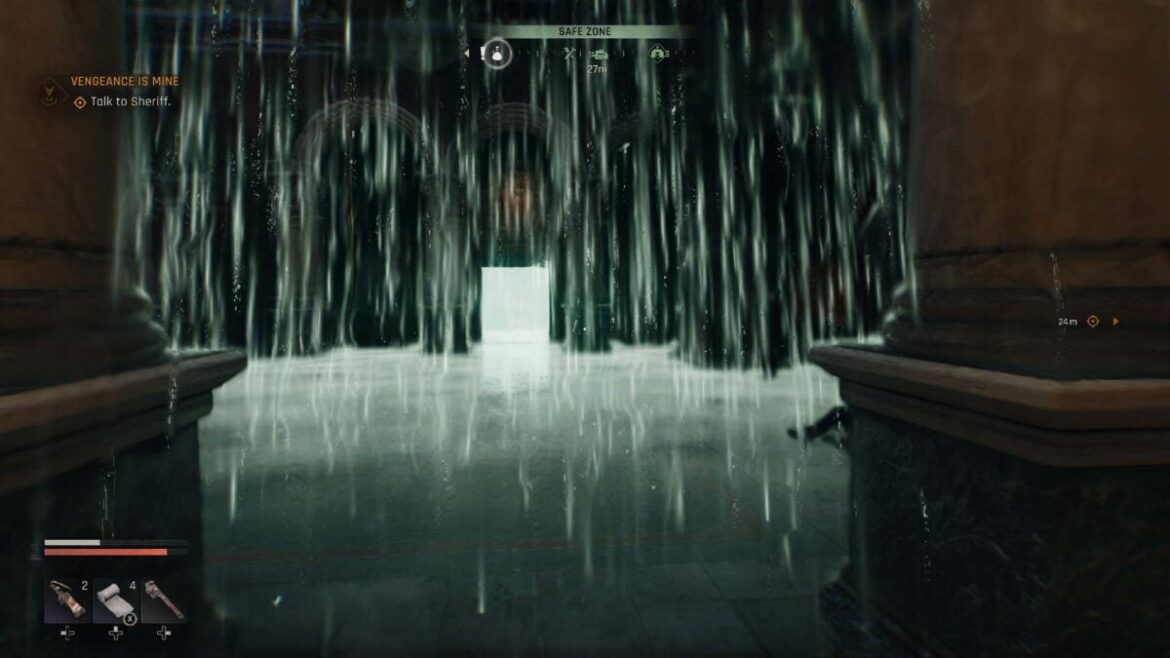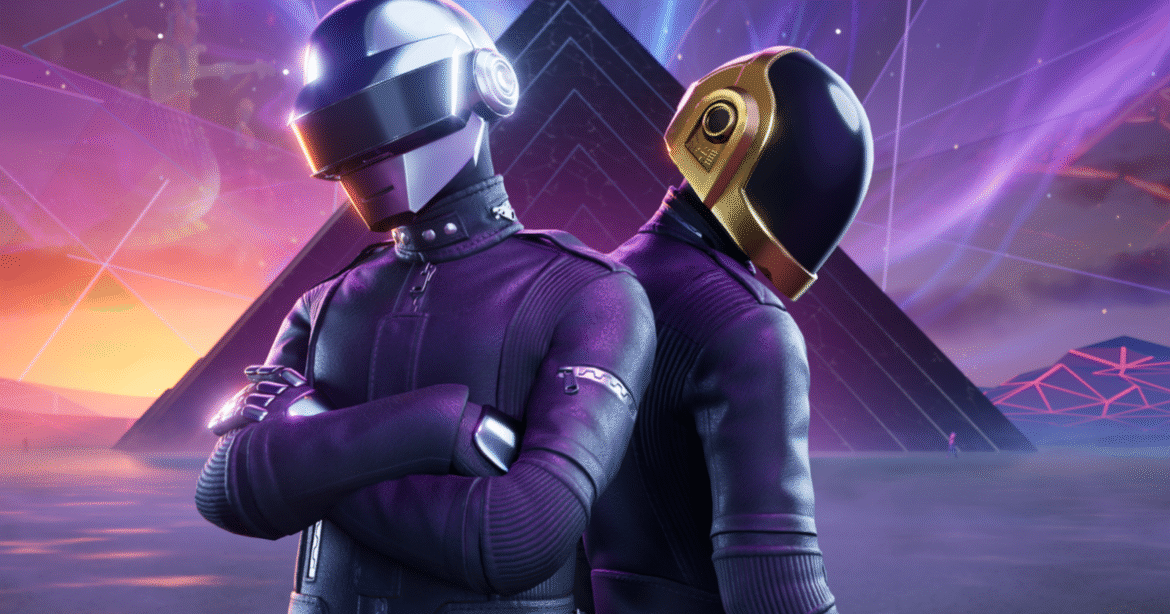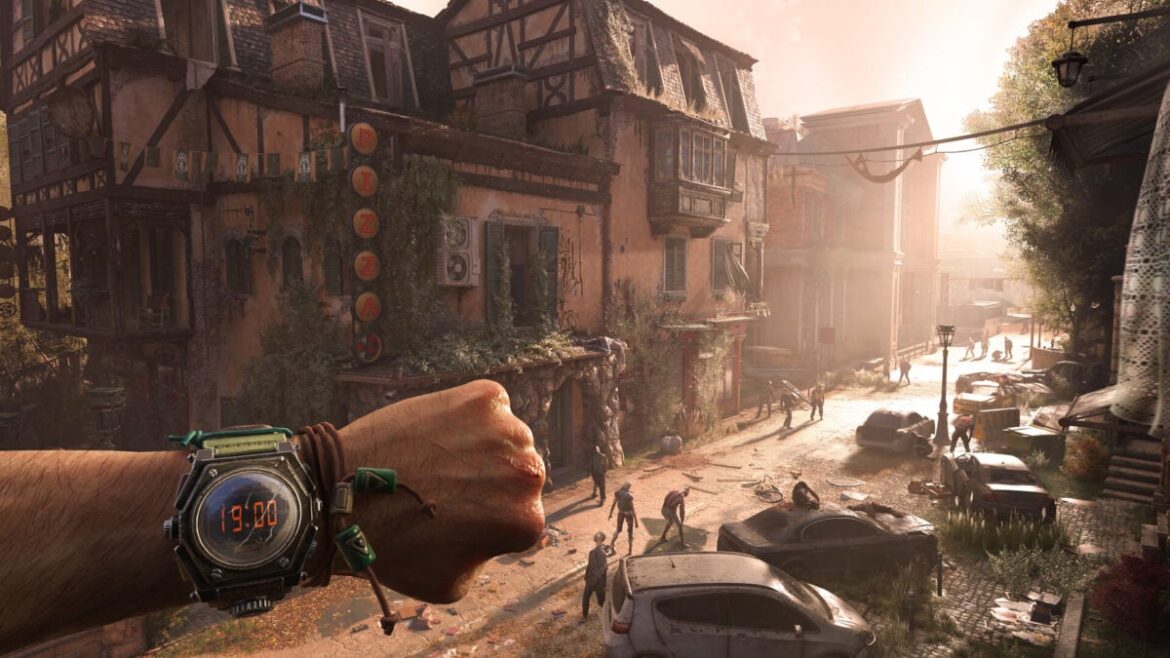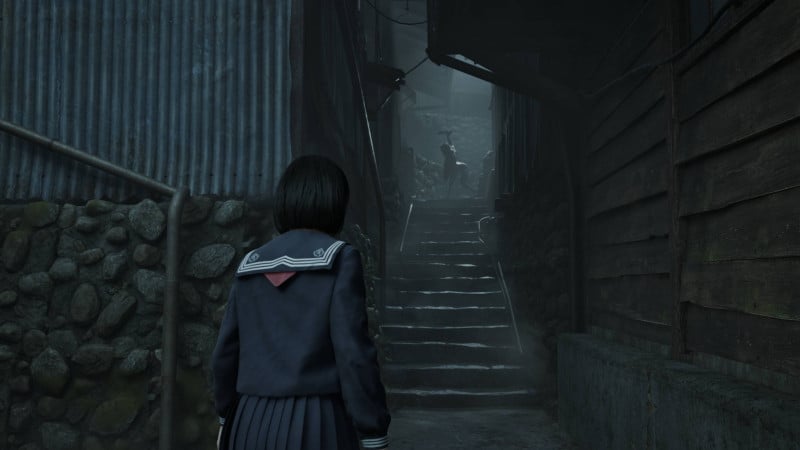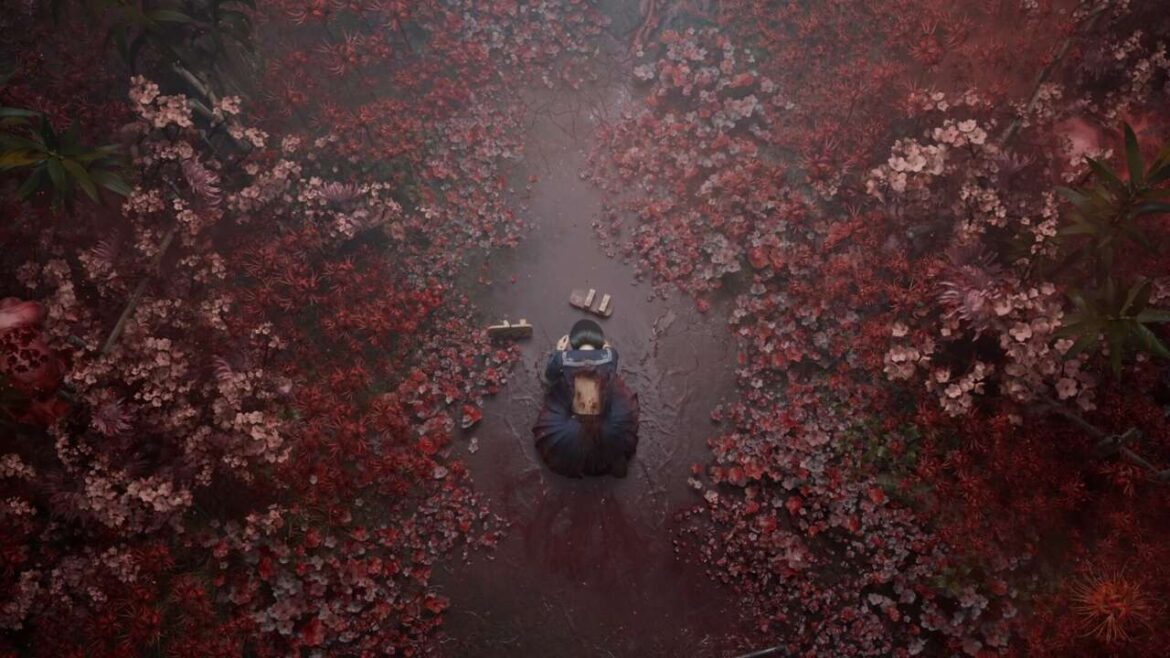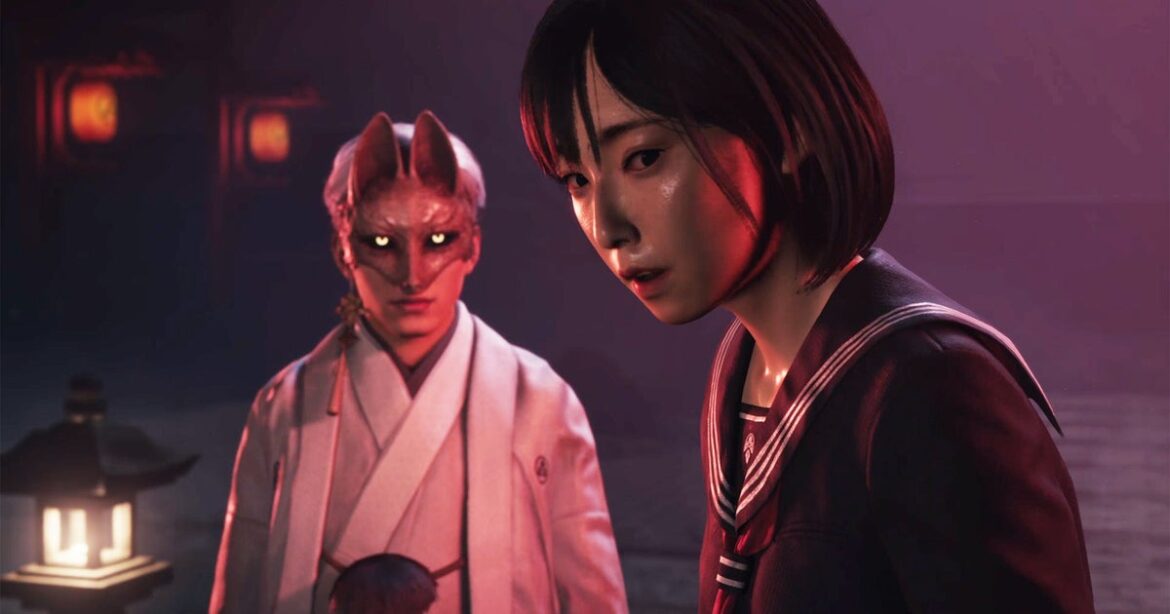I’m really enjoying Dying Light: The Beast, the latest open-world zombie RPG from Techland. However, when it starts to rain in The Beast, the game starts to become a hard-to-play mess that is ruining what is otherwise a damn fine experience. Thankfully, the devs are aware and are working on a patch.
Originally planned to be a big DLC expansion for 2022’s Dying Light 2, Techland eventually realized it was big enough to be its own standalone game. And after playing about 16 hours of the zombie RPG–which is out now on consoles and sees the return of OG protagonist Kyle Crane–I think it might end up being one of my favorite games of 2025. Techland has once again successfully blended horror, parkour, and melee-focused action into something great. Setting the whole game in the gorgeous Swiss Alps also doesn’t hurt. But apparently, in the Alps, they have much more powerful rainstorms than over here.
Last night, while in the middle of a quest to grab some special gas that attracts super zombies, it started to rain. “No big deal,” I thought to myself, unaware of what I was about to experience. When I reached a large refinery containing a secret lab where the gas was located, I fought my way in and discovered that uh, the rain was falling through the building. And making things worse, the game’s lighting tech seemed (understandably) unprepared for such an event to occur, and it became very dark and incredibly hard to see where I was going. I pressed on and discovered the super rain also appeared in cutscenes.
Once I got a big can of the super gas, I took it to a nearby truck and popped it in the back to more easily get it to my destination. Weirdly, the rain outside was gone. Props still looked wet, and I could hear the rain falling, yet nothing was falling from the sky. When I got in the truck I discovered that, as far as the game was concerned, it wasn’t raining anymore, which was awkward as my windshield was still being drenched in water, but the wipers wouldn’t work. The only way I could get the wipers to function was to run over zombies and get enough blood on the glass to trigger them. Eventually, I just drove backwards, as the truck’s rear window wasn’t covered in rain.
©Techland / Kotaku
Techland has a fix incoming for Dying Light‘s indoor rain
After winning a boss fight and returning to a safe zone to complete the quest, I decided to reset the game, which did put a stop to the strange weather. But now I fear the rain’s return. Thankfully, Techland is working on a patch that it plans to push out very soon.
“We’re aware that you’re experiencing issues with Indoor Rain and the Disturbed Day/Night Cycle, and fixing them is our top priority,” said Techland in an update posted to Steam over the weekend. “We already have a fix prepared, but because this bug only appears in rare situations, it takes a lot of extra testing. We’ll continue these tests over the weekend and most of Monday, and if no new occurrences of this issue appear, we’ll release the hotfix to players right away on PC. This is our goal. If, however, we still spot any occurrences of the bug, we might need to go back, adjust the fix, and then re-test it again.”
So that’s good news. But even after the patch, I’ll still be nervous that the super rain will return. Perhaps it’s the same horrible rain we dealt with years ago in the remastered version of Grand Theft Auto: San Andreas? Where will this annoying rain appear next? Is any game safe? We’ll keep you updated on the rain situation as it continues.
Update: 9/22/2025, 12:55 p.m. ET: Just a few moments after posting this, Techland pushed out the rain-fixing patch on PC. The developer says the update is coming to consoles “soon.”

